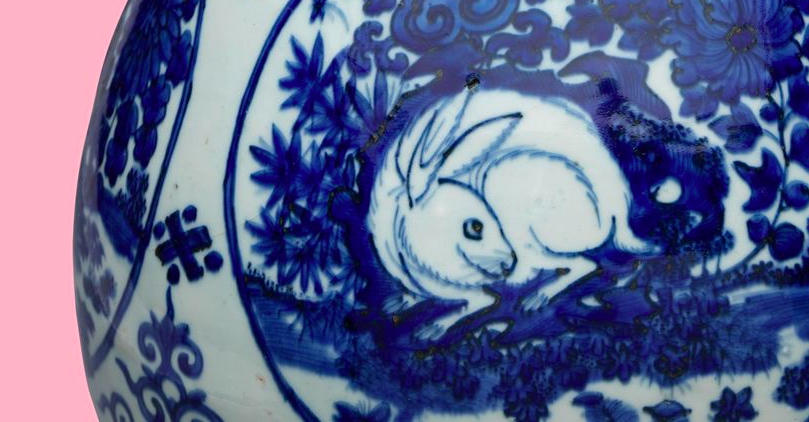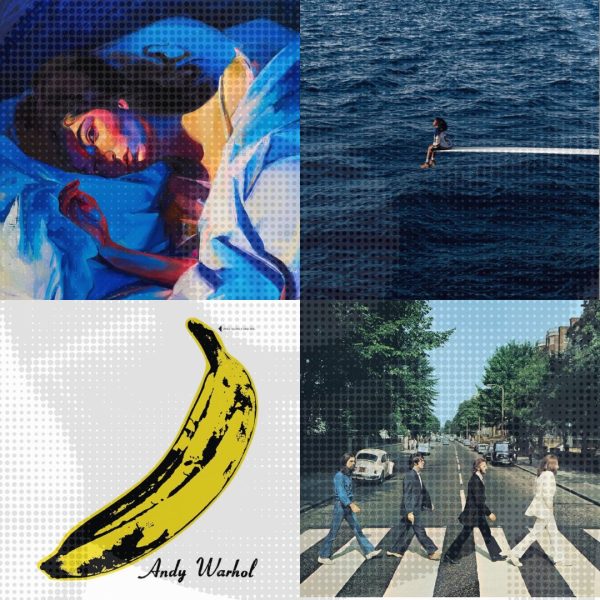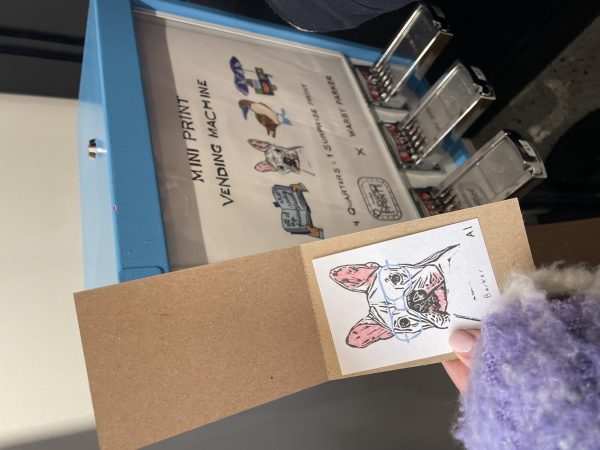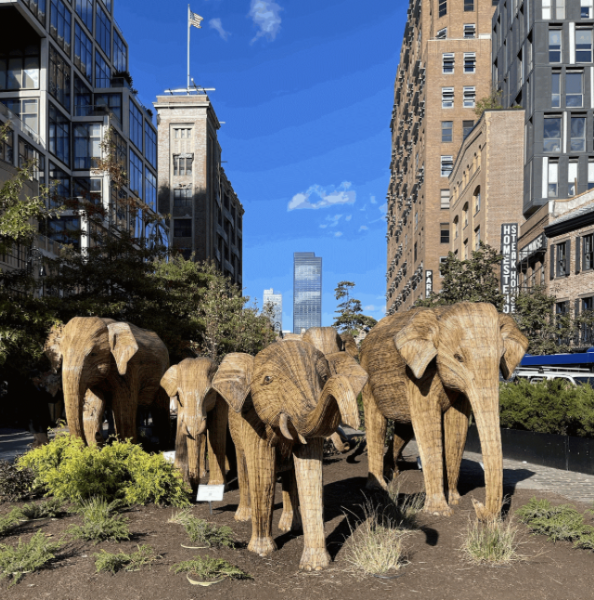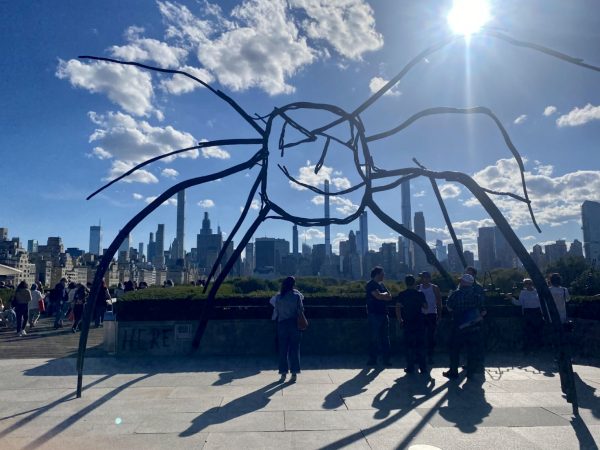Celebrating the Year of the Rabbit at the Met’s Festival
On Jan. 21, New York City’s Metropolitan Museum of Art hosted a series of interactive events to celebrate the Lunar New Year and highlight some of the art featured in their Chinese and East Asian art collections. Lunar New Year is celebrated by some 1.5 billion people each year. While many celebrators of this spring-time festival hail from China, people from other Asian countries such as Vietnam and Korea also participate in the festivities. The date of Lunar New Year changes from year to year because it is based on the moon cycle of the lunisolar calendar which was traditionally used in various East Asian countries. This year, the holiday takes place on Jan. 22 and festivities will last up to fifteen days for certain groups.
As one of New York City’s largest cultural centers, The Met is known to host a Lunar New Year celebration every year, even offering virtual events during the height of the COVID-19 pandemic. Boasting over 35,000 objects in their Asian art collection, the holiday is a great opportunity to show off these pieces and introduce Lunar New Year traditions to New York City residents. Of these pieces, 16 special works of art were selected to be part of a unique Lunar New Year exhibit. The collection included a glass statue of a seated rabbit from the 19th century, ceramic dishes featuring various depictions of rabbits, etc. The oldest pieces featured included two rabbit shaped linchpins estimated to be from around the 11th century BCE during the Zhou dynasty. In addition to the limited-time exhibit, The Met had a packed schedule of events throughout the day including musical and dance performances, craft stations, art-inspired demonstrations and gallery chats about the art on display for the holiday. Several of the art pieces featured depictions of rabbits, the fourth of the 12 animals in the Chinese zodiac, because 2023 is the Year of the Rabbit. In Chinese astrology, the Rabbit represents luck, prosperity, cleverness and speed. Mandarin instructor and cultural expert, Dottie Li, told “Seventeen Magazine” that people can expect a year of gentleness, growth and contemplation as the Rabbit works within the year.
These themes were reflected in the day’s programming at the museum. Upon entering The Met’s Great Hall, upbeat jazz music set a backdrop for the swarming crowds of festival attendees. With heavy trumpet accompanied by a plucky cello, the celebratory music served as a reminder that for many people around the world, the holiday season is still in full swing. The jazz band, AAPI Jazz Collective, was led by Peter Lin, a Taiwanese-American musician who specializes in the trombone and co-founded Yardbird Entertainment, a music production company.
The AAPI Jazz Collective was not the only AAPI-created performance group that participated in the festivities. The Chinese Center on Long Island Lion Troupe demonstrated a traditional Lion Dance in The Met’s Great Hall, complete with elaborate costumes and hand-drums. The troupe’s Lion Dance was wildly popular with museum goers, particularly families with children. A massive crowd lined the balcony above the Great Hall and the ground floor was overflowing with people straining to get a look at the colorful costumes.
In honor of the holiday, many museum-goers opted for outfits that featured red, the color of luck in Chinese culture. Many in the crowd wore paper-tissue flower blossoms in their hair or foam rabbit ears that they acquired at one of the many craft stations throughout the museum. Other craft stations included design sessions where people of all ages could create their own miniature hand drums or practice their calligraphy in the Chinese style. At one station, museum employees were educating people on the twelve animals of the Chinese zodiac and helping each person discover which animal symbolizes the year they were born. These craft stations were open throughout the day for people to attend at their leisure.
For those seeking a less hands-on experience, different pop-up shops were positioned near the exhibit. The bubble tea shop hosted a tea tasting and a demonstration of a traditional Chinese tea ceremony performed by tea masters from Ten Ren Tea. Another pop-up featured a Chinatown bookstore called Yu and Me located near Columbus Park in Chinatown. The bookshop pop-up focused on immigration and the community experiences many immigrants from Asian countries face.
While The Met’s annual festival wrapped up on Saturday evening, the Year of the Rabbit exhibition will remain open until Feb. 4. The exhibition offers a great opportunity for all ages to become more familiar with the traditions of Lunar New Year and to celebrate pieces in the museum’s sprawling Asian art collection. As Lunar New Year festivities remain in full swing around the world, consider how the Year of the Rabbit might influence your year. Happy New Year!
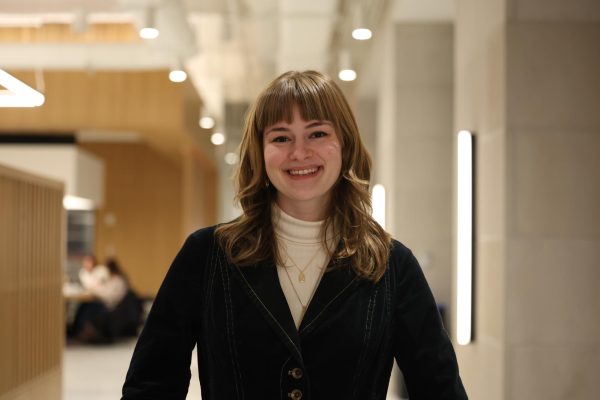
Allison Schneider is a junior from New Palestine, Indiana, majoring in English with a concentration in creative writing and a minor in political science....



































































































































































































